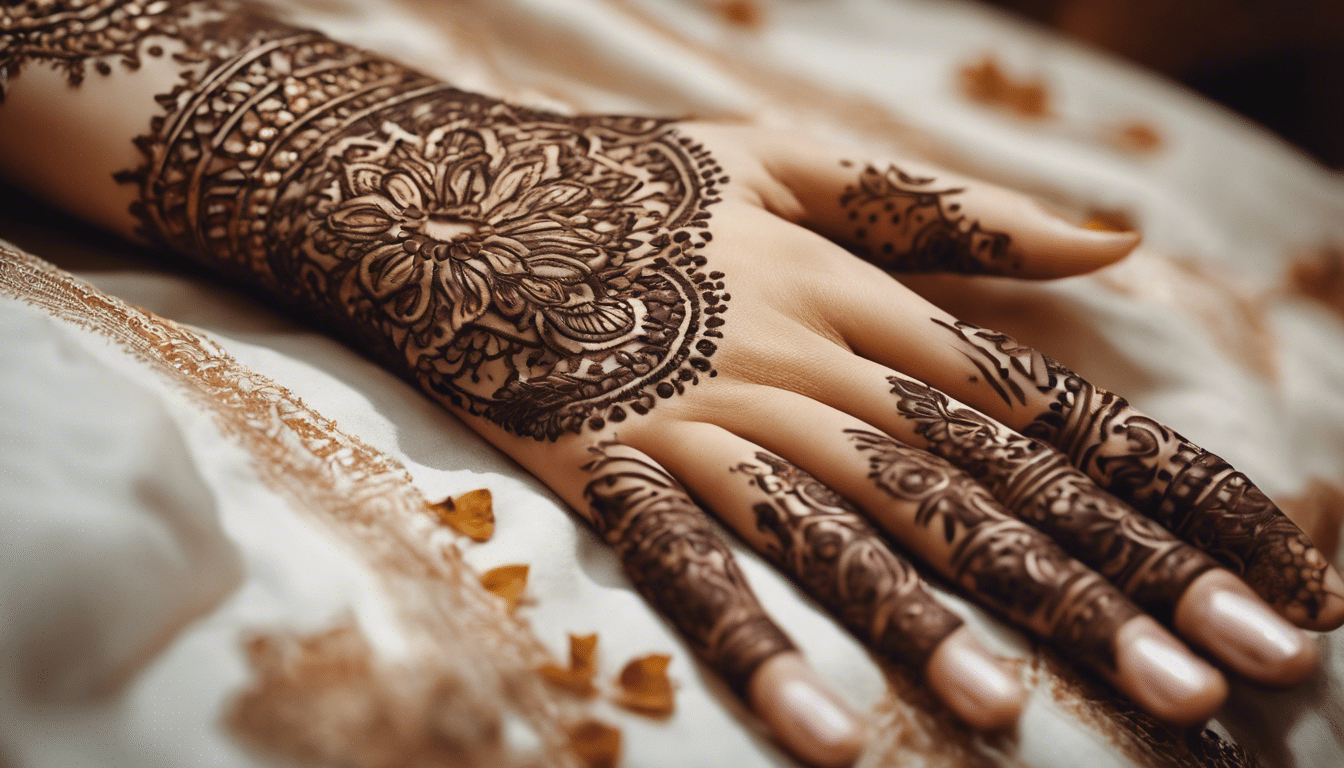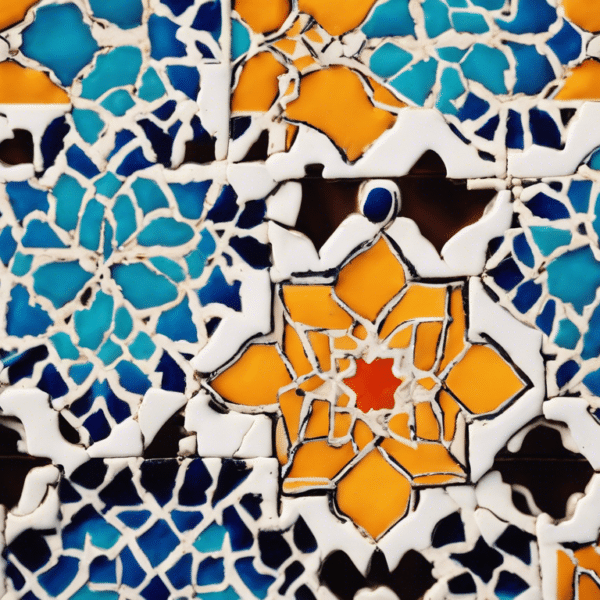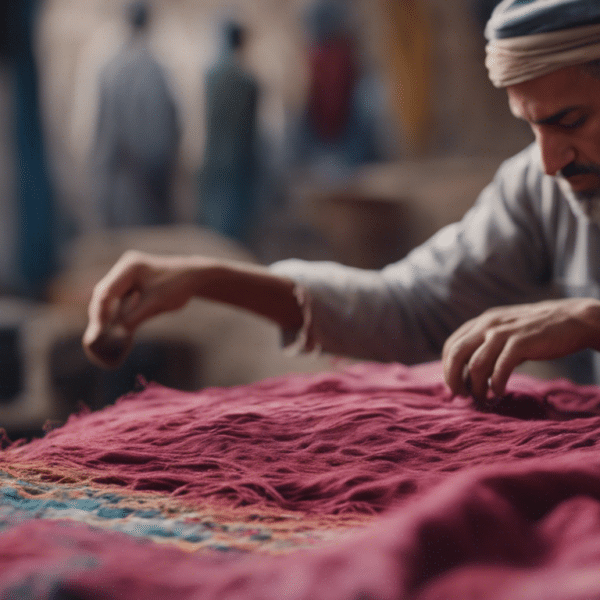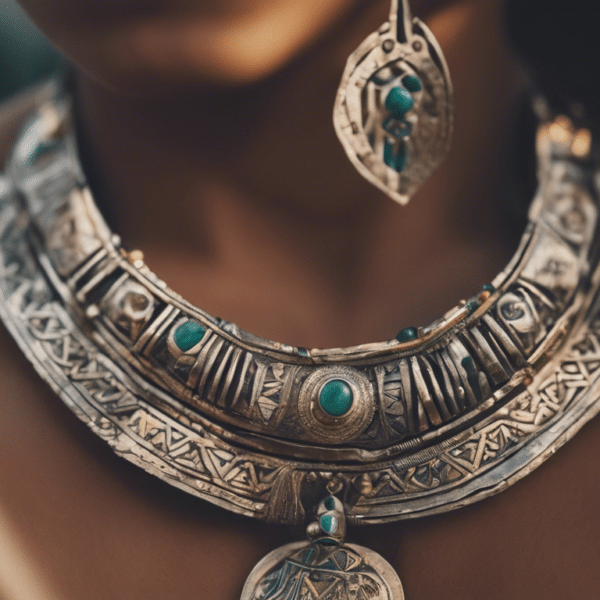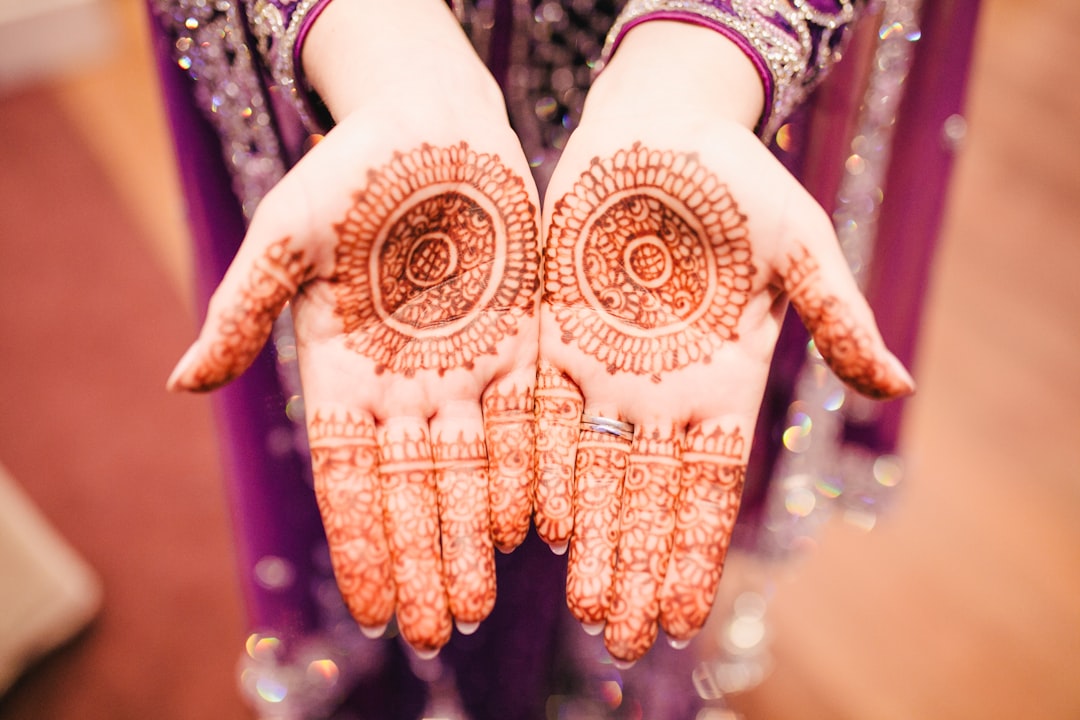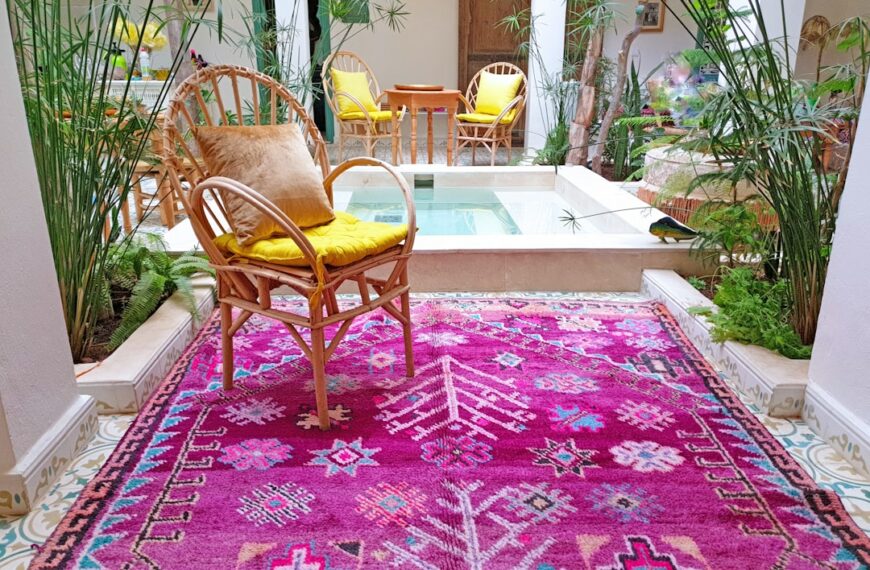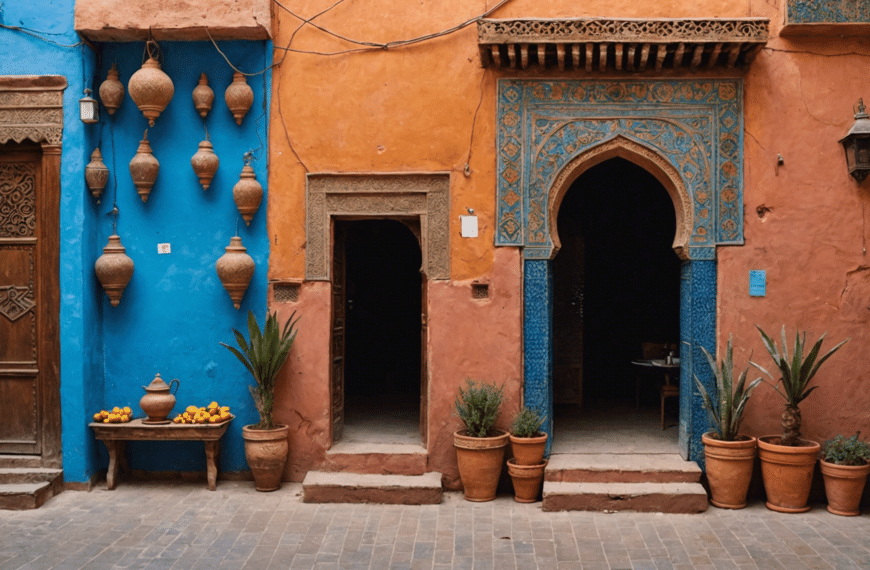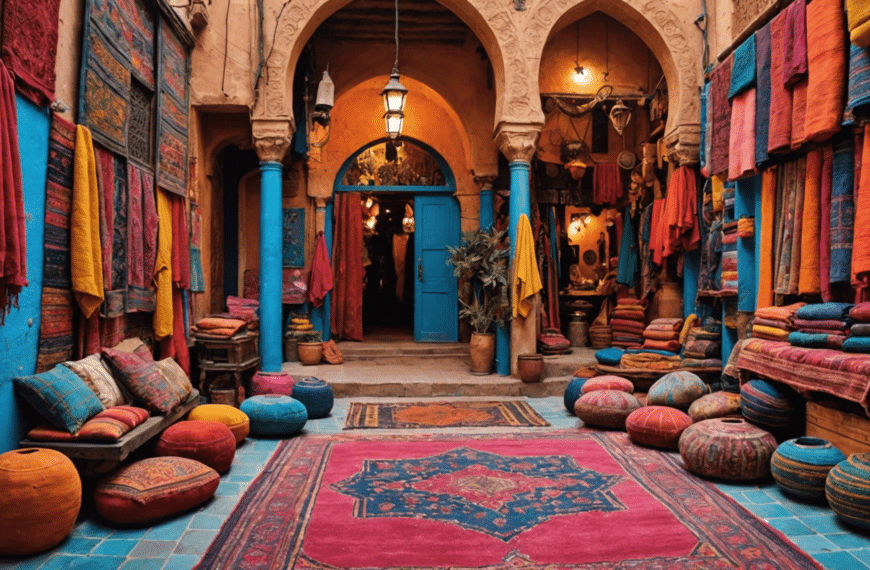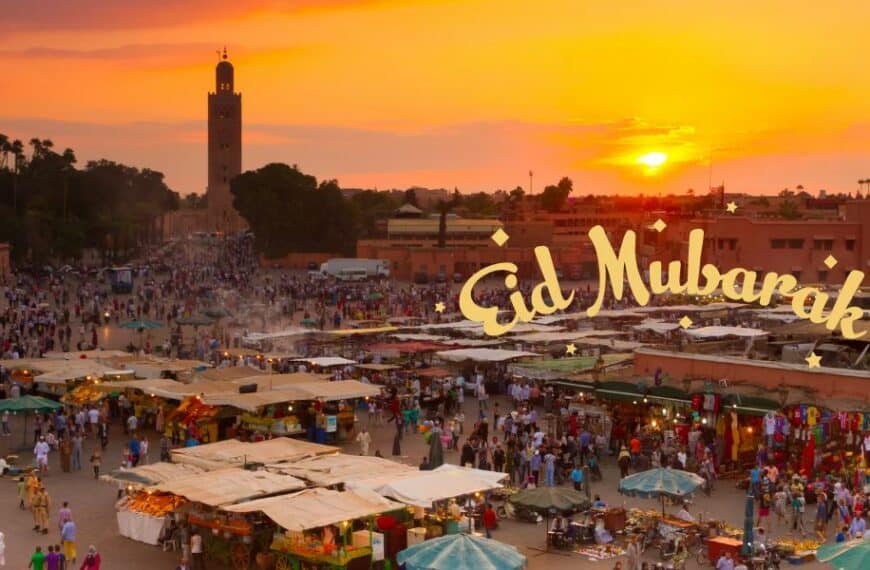The Ancestral Roots of Henna
The art of henna, known as Mehndi in many South Asian cultures, is an age-old practice that spans across continents and civilizations. It is more than a mere form of body art; henna is deeply rooted in tradition and cultural expression. With its earliest use traceable to ancient Egypt, where it was utilized for its natural cooling properties and as a form of ritual adornment, henna has traversed through time to become a symbol of celebration and auspiciousness in various parts of the world, including Morocco.
The Significance of Henna in Cultural Celebrations
In the swathes of rich Moroccan culture, henna holds a special place, especially in wedding ceremonies. Here, it is not simply about decorating the skin; it is a complex language of signs and symbols that convey blessings, luck, and joy. For instance, the application of henna during nuptials is not just a ritual for beauty but also an embodiment of good fortune for the bride and groom’s shared journey. Each pattern intricately woven into the skin narrates a story—a prayer for prosperity, fertility, or protection.
The Essence of Henna as a Form of Artistic Expression
Henna transcends its function as a mere dye; it is a medium for artists to express their creativity. Varying from simple dots to elaborate lace-like patterns, henna artwork is an expression of individual identity and cultural affiliation. As the paste of crushed henna leaves is skillfully applied to the skin, it blossoms into a temporary yet captivating tattoo, whose fleeting beauty reminds of the impermanence of life’s moments.
The Process of Crafting Henna Art
Creating henna art is both a skill and an art form. The process begins with the mixing of henna powder with ingredients like lemon juice, sugar, and essential oils to create a smooth, applicative paste. This mixture is then carefully poured into a cone or syringe, tools which the henna artist uses to paint fine lines and intricate motifs onto the skin. As the henna dries, it stains the skin, leaving behind a rich reddish-brown color. The depth of the color and the length of time the henna lasts can be a testament to the care taken in its application.
Mastering Henna Techniques Through Practice and Patience
The journey to becoming a master in henna art is replete with practice and patience. Aspiring artists must understand the flow of their henna paste, how to maintain steady pressure and the delicate balance between intricacy and readability of design. Master artists often have a plethora of traditional designs memorized, yet always find room for customization and personalization, a mark of their skill and adaptability.
Communing with the Art: Participating in Henna Workshops
- Understanding cultural implications: Workshops offer insights into the symbolism and meanings behind traditional patterns.
- Technique development: Under the guidance of seasoned artists, attendees refine their application skills, from holding the cone to executing complex designs.
- Networking: Events and classes serve as a platform to meet other enthusiasts and professionals, fostering a community of henna artists.
The Beautiful Demise of Henna Artwork
As the days pass and the henna fades, it leaves a gentle reminder of the temporal state of art and beauty. Each stain, a reminder of the celebration it once graced, now ebbs away to make room for new stories and occasions. This, perhaps, is one of the most significant aspects of henna art: the appreciation of the present, the celebration of the now, and the understanding that all is transient.
Whether you are drawn to henna as a form of personal adornment, cultural exploration, or artistic expression, diving into its world is both enthralling and enlightening. The dance of henna across skin is a language of its own, waiting for you to discover and be a part of its continuing story.
The Origins and Cultural Significance of Henna

Henna Art: Symbology and Ritual in Every Line
Imagine tracing the journey of henna, an art form older than the pyramids themselves, as it dances across skin in complex patterns akin to the whispers of ancient tales and sacred rituals. This natural dye, drawn from the Henna plant, Lawsonia inermis, has been an integral part of cultural ceremonies and personal expressions for over 5,000 years.
Originating from the heart of the Arabian Peninsula, the vivid pigments of henna have seeped into the traditions of many nations, from the vibrant terrains of Morocco to the lush landscapes of South Asia. The leaves of the Henna plant are harvested, dried, and ground into a fine powder, then mixed into a paste that transforms into a temporary staining agent, celebrating both the ephemeral nature of life and the enduring nature of culture.
Decoding the Designs: A Language of Symbols
Embarking on a narrative woven into skin, henna art speaks in a language of symbols. Every swirl, dot, and line is more than mere ornamentation; they are motifs laden with meaning – the peacock signifying beauty, the lotus embodying purity, and the intricate geometries echoing the infinite. These adornments are not merely decorative but are steeped in the hopes, dreams, and prayers of the wearer.
A woman adorned with henna carries with her the blessings bestowed upon her by the intricate lacework of lines and motifs wrapped around her hands and feet. They flicker stories of joy at weddings, whisper prayers for fertility and prosperity, and hum tunes of protection against malevolent eyes. Henna art, in its essence, is a manifestation of life’s significant passages and communal ties.
The Palette of Ceremonies: Henna Across Cultures
The rich, earthen hues of henna have colored countless traditions across different cultures. In the winding alleys of Morocco, one can witness the pre-wedding ceremony of henna taqlit, where henna is lovingly applied to the bride as an omen of good luck. Travel further east, to the festivities of India’s Karva Chauth, where women fast and decorate their palms with henna, seeking longevity and prosperity for their spouses.
The festivals are many, and the reasonings diverse, yet the universal theme underlying all is the joyous celebration of life’s transitions. With each application, henna ritually connects the community, grounding them in their shared humanity and cultural identity.
More Than Art: Henna as an Expression of Identity
The tendrils of henna are intimately tied to the expression of identity and personal narratives. Not constrained to age or gender, henna continues to be a medium through which individuals tell their tales. It’s a tapestry of life stories inked not by needles, but by the tender touch of artists who carry legacies in every stroke.
Henna has also found a place in the modern world where it goes beyond traditional motifs. Contemporary designs blend with ancient symbols, creating a new dialect of an old language. It brings people together, inviting them to delve into their past while continuously reinventing their heritage.
Drawing upon the earth for its medium and upon culture for its inspiration, henna art remains a testament to the human capacity for creativity and connection. With roots deep in history, it continues to flourish, dyeing the hands of the present and the future with its timeless grace.
The Process of Applying Henna: From Paste to Art
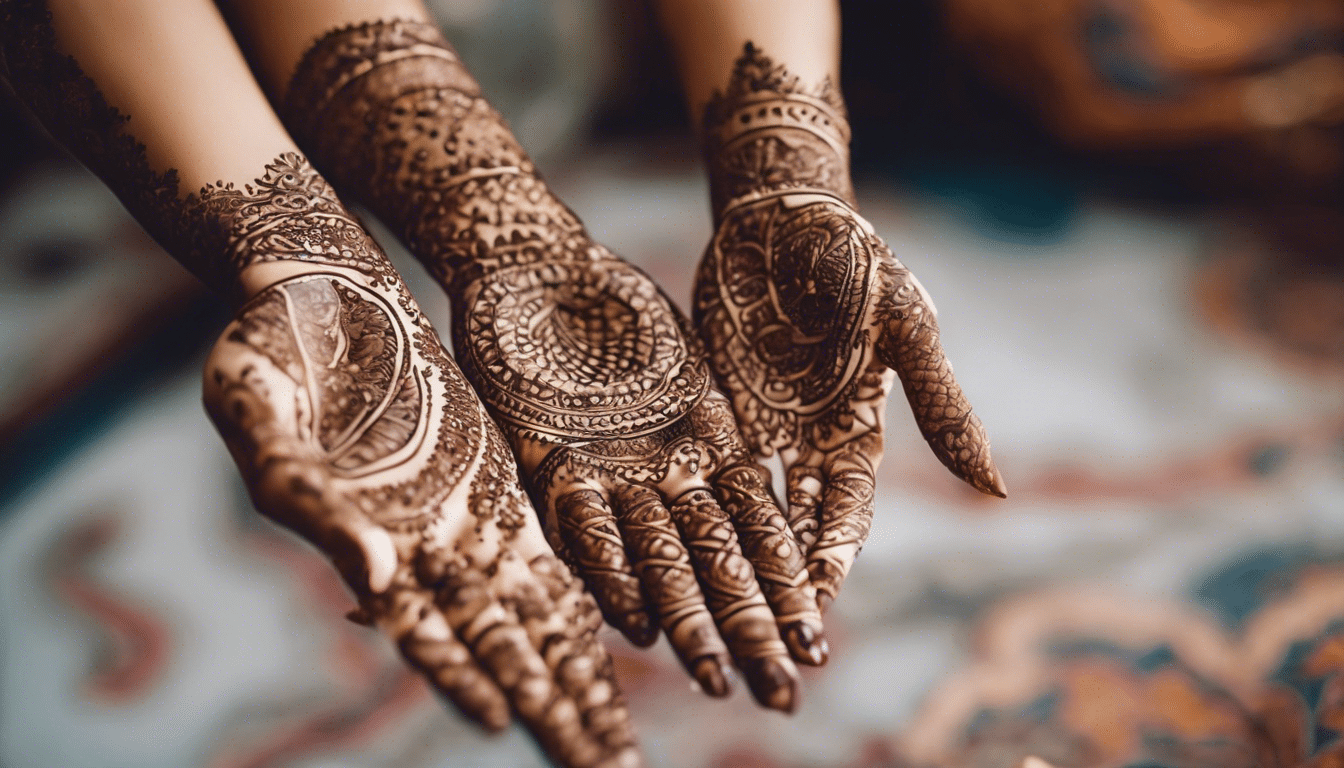
The Mystical Journey of Creating Henna Art
As the sun sets over the bustling streets of the Moroccan medina, a quiet transformation begins. Under the watchful eye of tradition, the ancient craft of Henna Art is about to unfurl. This isn’t merely a beauty ritual; it’s a journey—an embodiment of culture, symbolism, and art. Dive into the heart of this enchanting process, from the earthy henna paste to the delicate intricacies of immortalizing art on the skin.
Preparing the Henna Paste: A Mix of Nature and Tradition
The adventure starts with creating the perfect paste. The foundation, henna powder, comes from the dried leaves of the Henna tree, meticulously ground into a fine powder. This viridescent substance, when mixed with an acidic liquid like lemon juice, begins a magical transformation. Essential oils, like eucalyptus or lavender, are then added for their scent and to enhance stain quality. As the mixture sits, the dye releases, and the paste matures. Only when the consistency is smooth, and the scent earthy and rich, is the henna paste ready to become art.
Designing Patterns: A Dance Between Imagination and Skin
Choosing a design is not just about aesthetics; it’s an expression of one’s personal story or a connection to tradition. From the elaborate floral patterns that echo the gardens of old to geometric motifs that speak of the infinite, each design is a stroke of personality. The artisan, often a woman who carries centuries of knowledge in her hands, begins to apply the paste onto the skin with gentle precision. The tool of choice, a finely tipped applicator, is nothing less than an artist’s brush, painting futures, wishes, and dreams.
The Art of Patience: Waiting for the Henna to Set
This is where time stands still. The paste dries, cracks and the earthy hue slowly deepens. It’s a test of patience, yet a testament to the dedication of both the artist and recipient. While waiting, many immerse in the sounds of Sufi music or engage in dialogues that meander through stories of love and life. With the passing of a few hours, or perhaps overnight, the dry outer layers are carefully brushed away, revealing a burnt orange to deep brown stain beneath—a temporary tattoo of nature’s making.
Nurturing Your Henna Art: Aftercare for Longevity
Caring for henna art is critical for its stain to mature into a lasting memory. The key is to keep the area moisturized and warm; a dab of olive oil can prevent cracking and extend the stain’s life. It’s also wise to protect the artwork from water for as long as possible. As the days pass by, the design will evolve—growing darker, reaching its peak, and then gradually fading, much like a cherished memory transitioning through the stages of time.
From traditional wedding ceremonies to modern-day festivals, Henna Art isn’t just decoration—it’s an intimate pageant, a cultural whisper from the past that continues to speak volumes. Through the nurturing hands of artists, and the eager skin of enthusiasts, the legacy of henna is painted anew in each delicate line and swirl; bursting forth with each application, ensuring that the antique art of henna, laden with stories and soul, will endure for generations to come.

